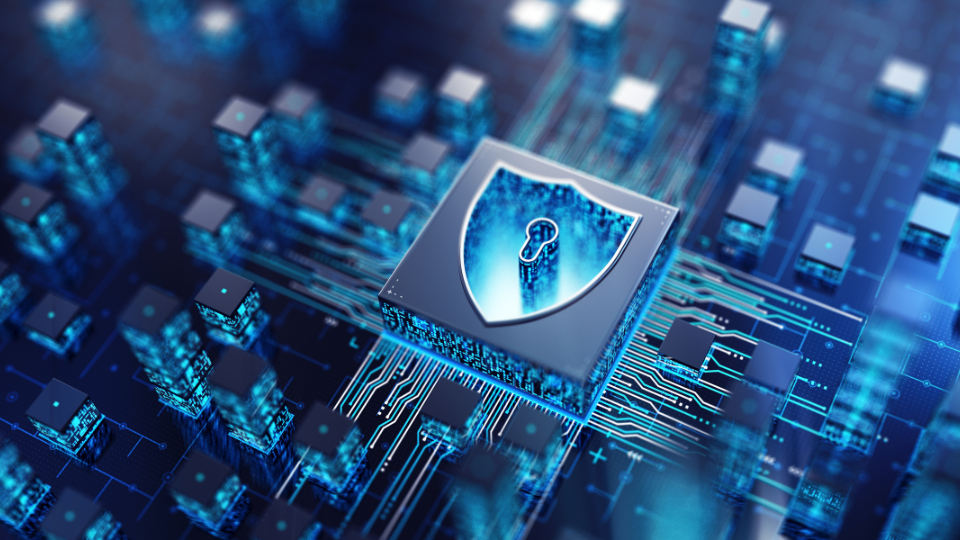
In the face of rising threats to critical infrastructure, it’s vital that we not only recognize the importance of being prepared but also understand the methods required to achieve it. As David Mussington, executive assistant director of the Cybersecurity and Infrastructure Security Agency (CISA), rightly says, “When it comes to running workplace safety, planning is central to what we need to do to avoid foreseeable and unforeseeable risks.” Today, we are focusing on the role of CISA in keeping our critical infrastructure safe.
The Importance of Physical Security
The Cybersecurity and Infrastructure Security Agency (CISA) has taken a proactive role in helping businesses and communities protect their physical spaces through the development of tailored Physical Security Performance Goals. These guidelines are designed to empower businesses and industry partners with practical strategies to mitigate risks and safeguard institutions against potential threats, as critical infrastructure across the nation is at increased risk of targeted violence.
Physical Security Performance Goals from CISA
CISA’s Physical Security Performance Goals are premeditated guidelines designed to assist businesses, industries, and faith-based communities alike. These guidelines are detailed strategies aimed at mitigating potential risks and threats, providing actionable steps that cater to the unique challenges faced by various sectors, including the faith-based community.
Institutions like churches, mosques, and temples serve as crucial pillars of support, offering more than spiritual guidance.
They often provide public services like food and shelter, depicting a sense of unity and community. However, the welcoming nature of these institutions makes them susceptible to threats. To preserve their sanctity and protect these spaces, an efficient physical security plan is paramount. In response to this, CISA has prioritized assisting these communities in addressing these risks.
Physical Security for Faith-Based Institutions
The current issue: Faith-based institutions are often welcoming environments. This openness can make them vulnerable to targeted violence. In order to preserve public services and protect the sanctity of their gathering spaces, physical security must be addressed.
Incidents of violence or disruption can also have devastating effects on both the immediate community and the broader public perception of safety in places of worship, as seen in past events such as:
- The 2015 Charleston Church shooting in South Carolina, where nine people were fatally shot during a Bible study session at the Emanuel African Methodist Episcopal Church.
- The 2018 Sutherland Springs church shooting in Texas, where 26 people were killed and another 20 wounded during a Sunday service.
CISA recognizes these vulnerabilities and has made it a priority to assist faith-based communities in addressing such risks.
CISA’s Approach to Physical Security Performance Goals
Goals are particularly relevant today as institutions of all kinds, from power plants and electrical companies to faith-based communities, face an elevated risk of targeted violence. Recognizing this, CISA has taken steps to provide tailored resources, including training materials, risk assessment tools, and best practice guidelines for these communities. This allows faith-based communities to establish multi-layered security for a more robust defense against potential threats.
To effectively implement CISA’s security goals, it is necessary to follow a methodical process. This process is broken down into five levels of security planning:
1. Identify. To identify risks, a security and safety planning team consisting of leaders, staff, and volunteers should be established. This team is responsible for evaluating the institution’s security needs and formulating comprehensive strategies for risk mitigation.
2. Protect. The next level, protection, involves putting in place practical measures to shield against the identified risks. Fortifying physical barriers, such as surveillance systems and secured entry points, is a common method of protection. Cybersecurity practices also play a role in safeguarding sensitive information.
3. Detect. Detection is the third level, and it involves regular risk assessments to understand the specific threats and vulnerabilities an institution may face. These assessments inform the prioritization of risks and drive mitigation actions. Contact us with questions about conducting a Physical Security Risk Assessment for your business.
4. Respond. Responding to threats is the fourth level. Institutions need to develop plans to counteract and neutralize threats effectively and efficiently. This includes establishing communication strategies and emergency response protocols. If you do not yet have an Emergency Action Plan, read more here.
5. Recover. Finally, the Recover level involves a review and improvement process. Institutions need to evaluate their security measures’ effectiveness regularly and adjust strategies as necessary to maintain a strong defense.
Following these levels of security planning allows us to contribute to creating a safer environment for our communities.
CISA’s Role and Initiatives
CISA’s initiatives are focused on creating a collaborative environment where these institutions can engage with federal and local partners, gain knowledge into threat landscapes, and receive guidance on best practices for security management. This support equips not just faith-based communities, but our entire community, with the tools needed to respond effectively to threats.
Practical Steps for Implementing Security Goals
Engaging with local law enforcement and community resources can further bolster security efforts. Establishing partnerships allows for coordinated responses during incidents and provides opportunities for joint training exercises. Furthermore, faith-based institutions should encourage a culture of awareness and reporting, in that staff and volunteers are trained to recognize suspicious activities and respond appropriately.
The Benefits of Physical Security Measures
The implementation of CISA's Physical Security Performance Goals offers numerous benefits for faith-based communities and beyond. Review CISA’s Physical Security Performance Goals for Faith-Based Institutions here.
If you are ready to strengthen your security posture, reduce vulnerabilities, and increase resilience against potential threats, Safe Haven is here as your Physical Security expert. With our guidance and resources, your institutions can effectively manage risks and continue your role as safe havens for those you serve.
Contact us today to learn more about how your institution can thrive in an increasingly complex threat landscape.
Copyright 2023 SAFE HAVEN RISK MANAGEMENT LLC . All Rights Reserved. | Website Design + Development by JasonHunter Design